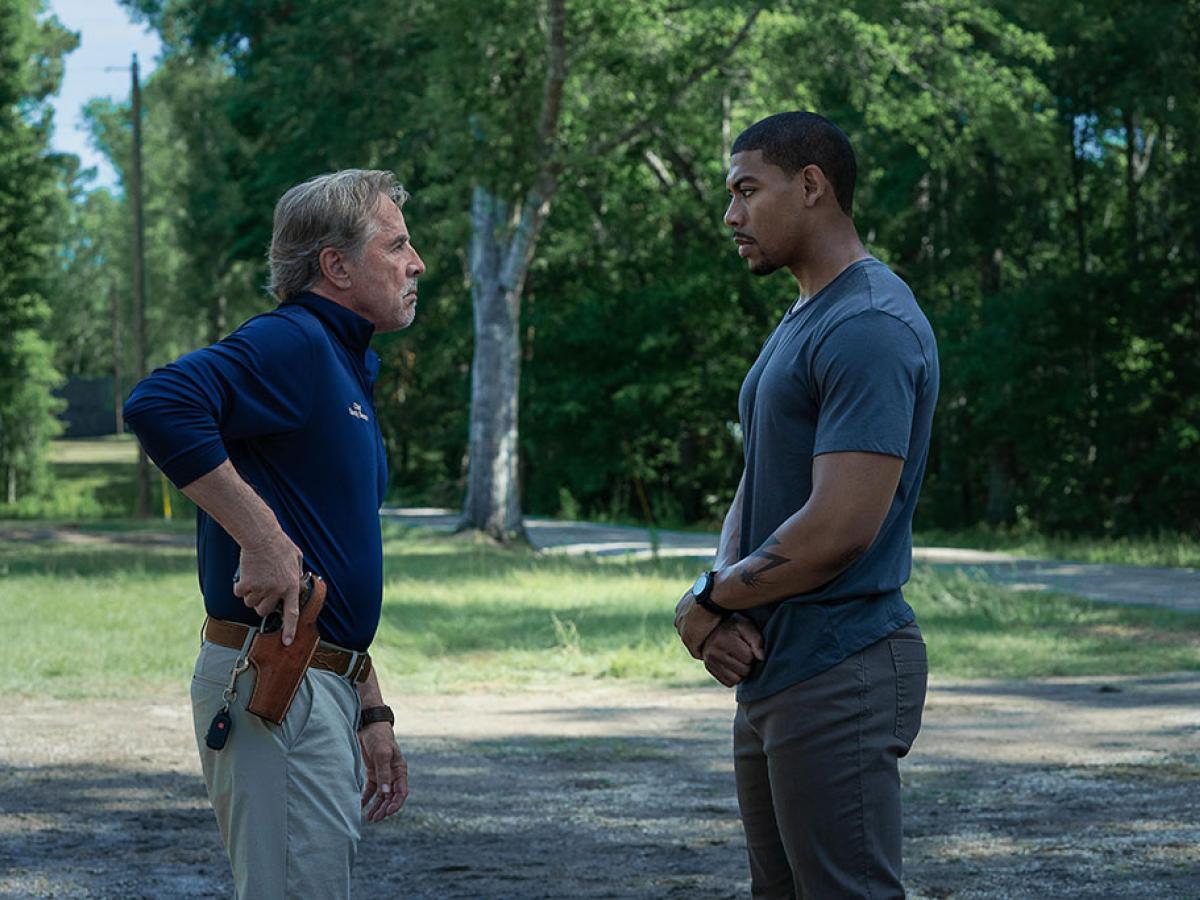Haidt’s book touches a nerve. Not just because of my own contradictory feelings as a parent, but because of the shocking statistics that reflect the wider state of our nation’s children. With waiting lists for Child and Adolescent Mental Health Services at a record high, a 47 per cent increase in young people being treated for eating disorders compared to pre-pandemic, and an enormous leap in prevalence of probable mental disorder from one in nine children (in England aged 8-25 years old in 2017) to one in five (similar cohort in 2023), the mental health of the next generation is rightly highly concerning.
The blame has been levelled in many different directions: COVID lockdowns, school league tables, excessive homework, helicopter parenting, screen time, and general disenchantment in society at large. Some even say the increase is directly related to the increase in public discussion and awareness about mental health disorders.
For Haidt it is social media that is public mental health enemy number one. However, he does admit he is not a specialist in children’s mental health, child psychology or clinical psychology. This has led to some criticism about his conclusions. Professor Candice L. Odgers, the Associate Dean for research into psychological science and informatics at the University of California challenges head on the central argument of Haidt’s book. She claims:
“...the book’s repeated suggestion that digital technologies are rewiring our children’s brains and causing an epidemic of mental illness is not supported by science. Worse, the bold proposal that social media is to blame might distract us from effectively responding to the real causes of the current mental health crisis in young people.”
Similarly Henna Cundill, a researcher with the centre for autism and theology at the University of Aberdeen, wrote last week in an article for Seen and Unseen:
“From a scientific perspective, the argument is a barrage of statistics, arranged to the tune of ‘correlation equals causation’. “
Cundill and Professor Odgers are right to be sceptical. Sometimes we let our commitment to a story shape the way that we read the evidence. If there’s one thing I remember from A- level statistics it is that causation and correlation should not be confused. In his bid to add urgency and cogency to his argument, Haidt presents a perfect story, one that explains all the evidence. He doesn’t mention anything that might challenge it, or anything that the doesn’t quite fit. It is not a scientific treatise - which is both the book’s strength and its weakness.
Nevertheless, many of the recommendations Haidt suggests are wise and helpful. Even Professor Odgers, to some extent, agrees.
“Many of Haidt’s solutions for parents, adolescents, educators and big technology firms are reasonable, including stricter content-moderation policies and requiring companies to take user age into account when designing platforms and algorithms. Others, such as age-based restrictions and bans on mobile devices, are unlikely to be effective in practice — or worse, could backfire given what we know about adolescent behaviour.”
Therein lies the issue. Because of the lack of evidence for the causes, all we are left with – even from the experts – is what may or may not be likely to be effective in practice.
I wonder if this paucity of robust scientific evidence stems from the fact that the issues facing the next generation are even more complex than we could ever imagine.



